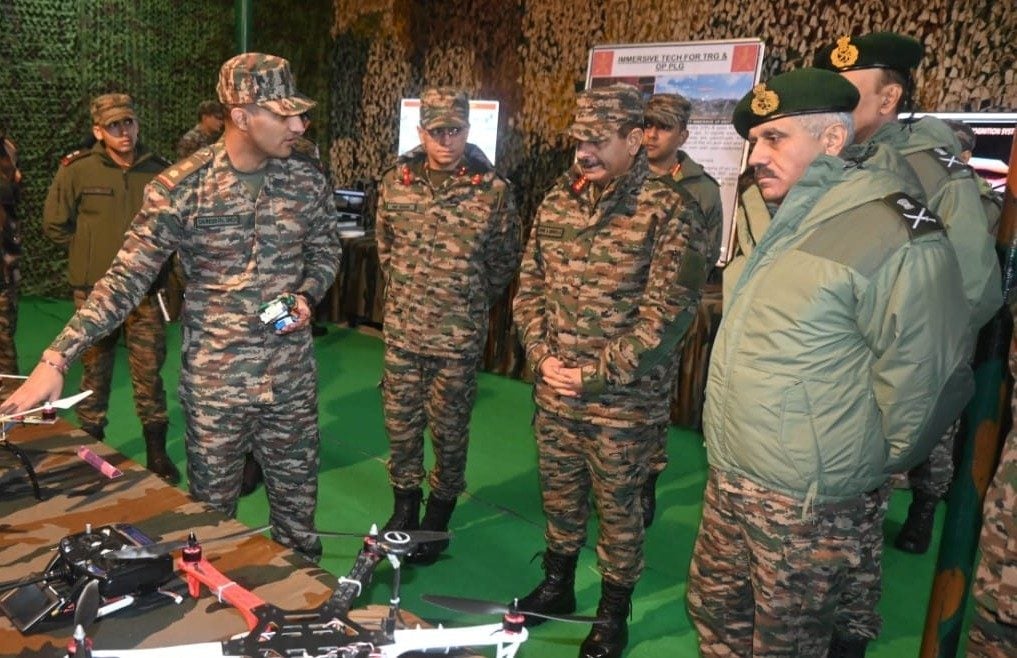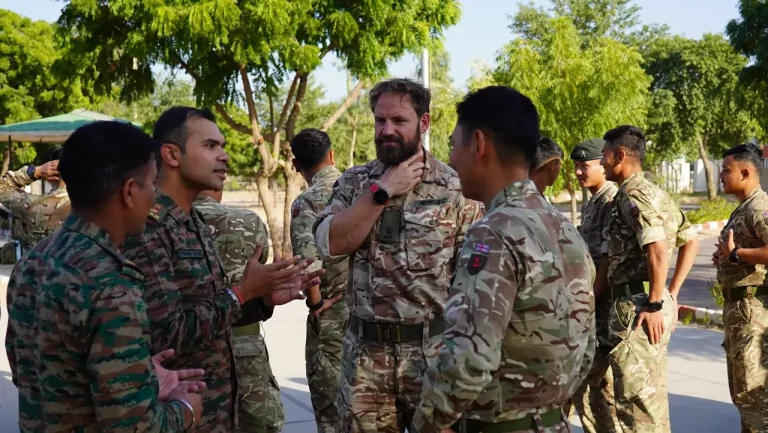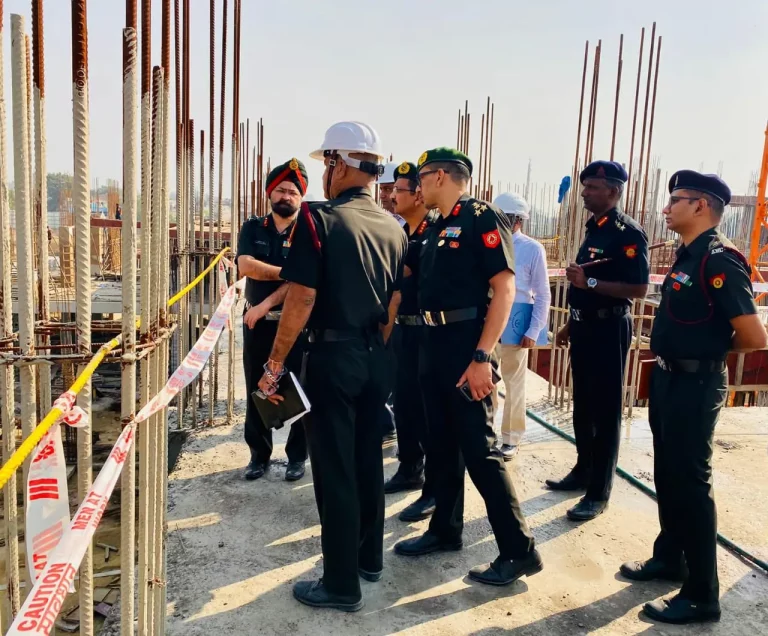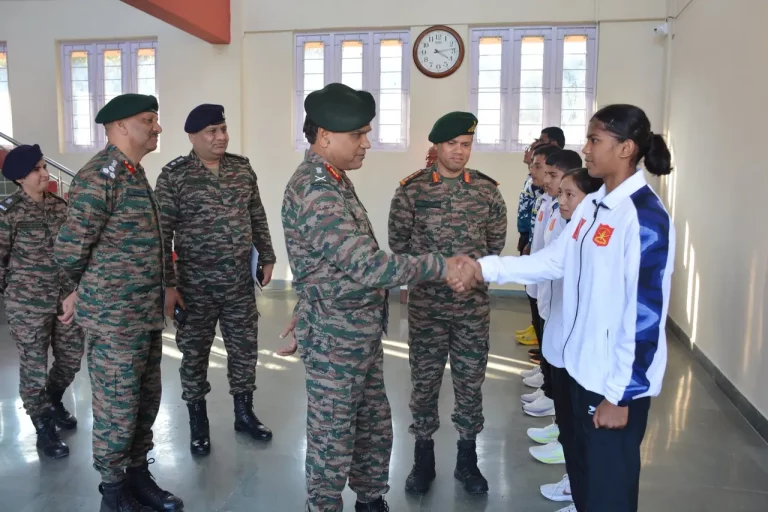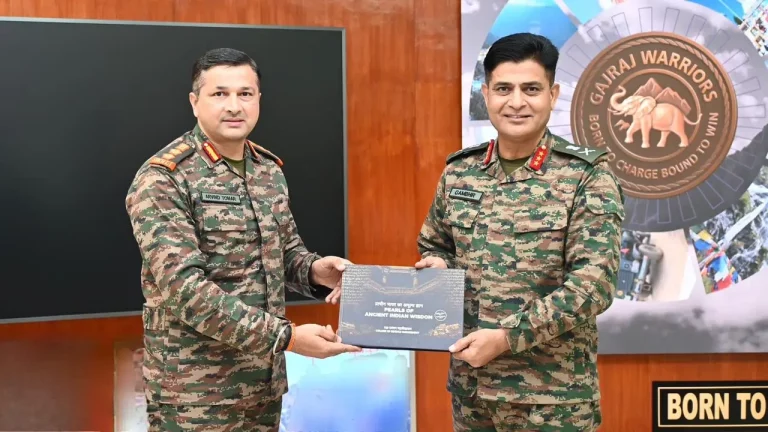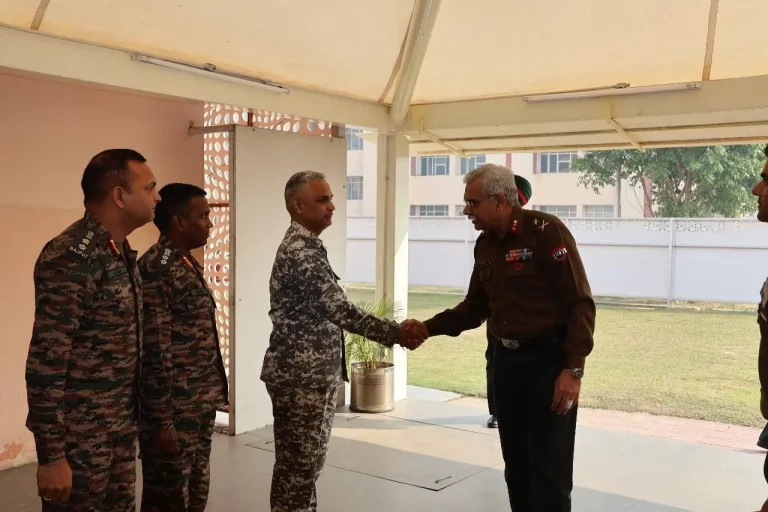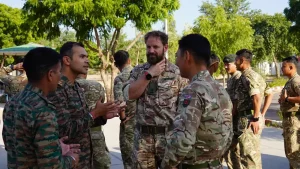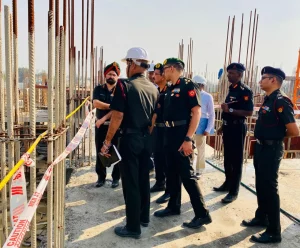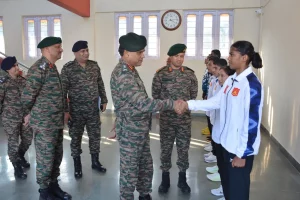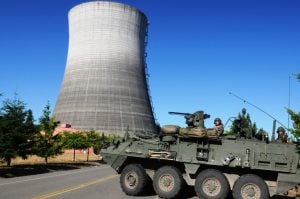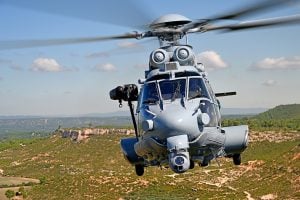The Indian Army has successfully conducted an advanced high-altitude military exercise named ‘Divya Drishti’ in East Sikkim, focusing on modern warfare strategies utilizing surveillance and artificial intelligence technologies. Taking place in July 2025, this exercise aimed to evaluate the Army’s readiness for future combat scenarios by integrating AI-driven tools with both ground and aerial surveillance systems.
Troops from the Trishakti Corps engaged in simulated combat conditions, employing unmanned aerial vehicles, drones, and various ground-based platforms to assess their sensor-to-shooter capabilities. Notably, the exercise showcased AI-enabled sensors linked through secure communication systems, facilitating real-time data transmission from the frontline to command centers.
In a statement, the Ministry of Defence emphasized that the exercise was designed to amplify battlefield awareness while minimizing decision-making time, underscoring the adage that success on contemporary battlefields hinges on enhanced visibility, rapid understanding, and swift action.
Lieutenant General Rakesh Kapoor, who represented Army Headquarters, oversaw the exercise and provided insights into its execution. General Officer Commanding of the Trishakti Corps, Lt Gen Zubin A Minwalla, highlighted that the technologies were rigorously tested in challenging conditions to derive actionable insights likely to shape future military doctrine and tactics.
The Army’s Eastern Command described ‘Divya Drishti’ as a significant stride toward greater self-reliance and digital transformation. This aligns with the Army’s Decade of Transformation initiative and supports the government’s Atmanirbhar Bharat (Self-Reliant India) campaign.
Officials noted that the insights gained from this exercise will be integrated into both training regimens and procurement strategies, ensuring the Indian Army remains at the forefront of modern high-tech conflict environments.
The successful execution of ‘Divya Drishti’ not only reinforces the Indian Army’s commitment to modernizing its capabilities but also positions it to effectively address future challenges in an evolving security landscape.
